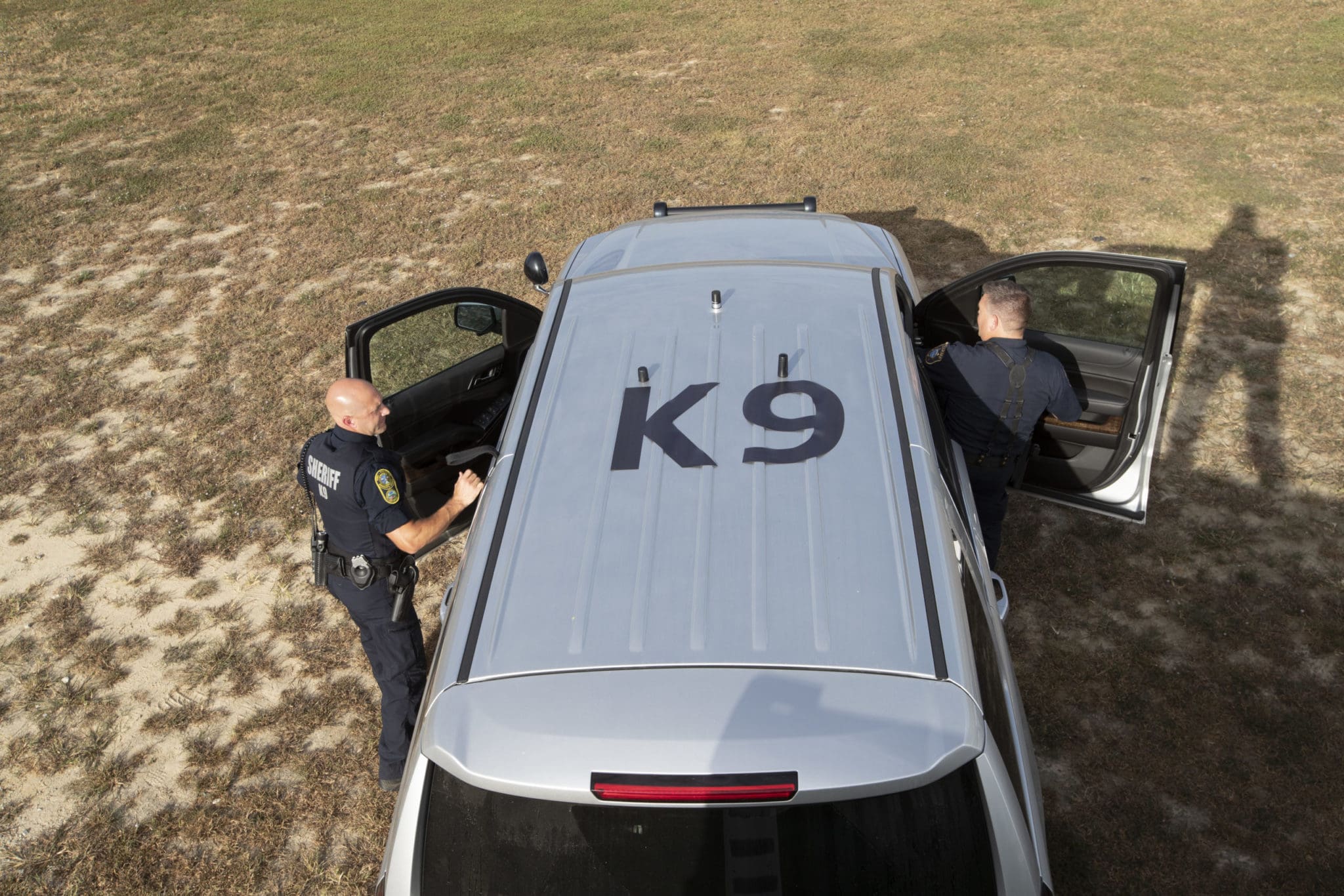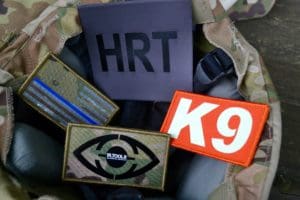The beginning of infrared devices
Before we divulge how thermal film is impacting search and rescue, suspect chases, Swat operations and more, we need to step back for a moment and visit some background on infrared technology.
For decades the military has successfully deployed infrared technology (night vision and thermal imaging devices) in their operations. Development began in WWII with limited use, and as the image resolution and reliability improved so did the demand and access of these devices.
In the beginning, infrared devices were very expensive and only the military budgeted for them. But as the demand for infrared technology soared across various industries, the cost slid down making it more affordable for everyone.
Law Enforcement agencies are among those who took advantage of the lower cost. In the last 3 years, thousands of helicopters, drones and special units deployed infrared cameras (thermal imaging devices) for search and rescue, suspect chases, and SWAT operations.
The growing use of thermal devices is great news! So now let’s review how these devices catch the bad guys.
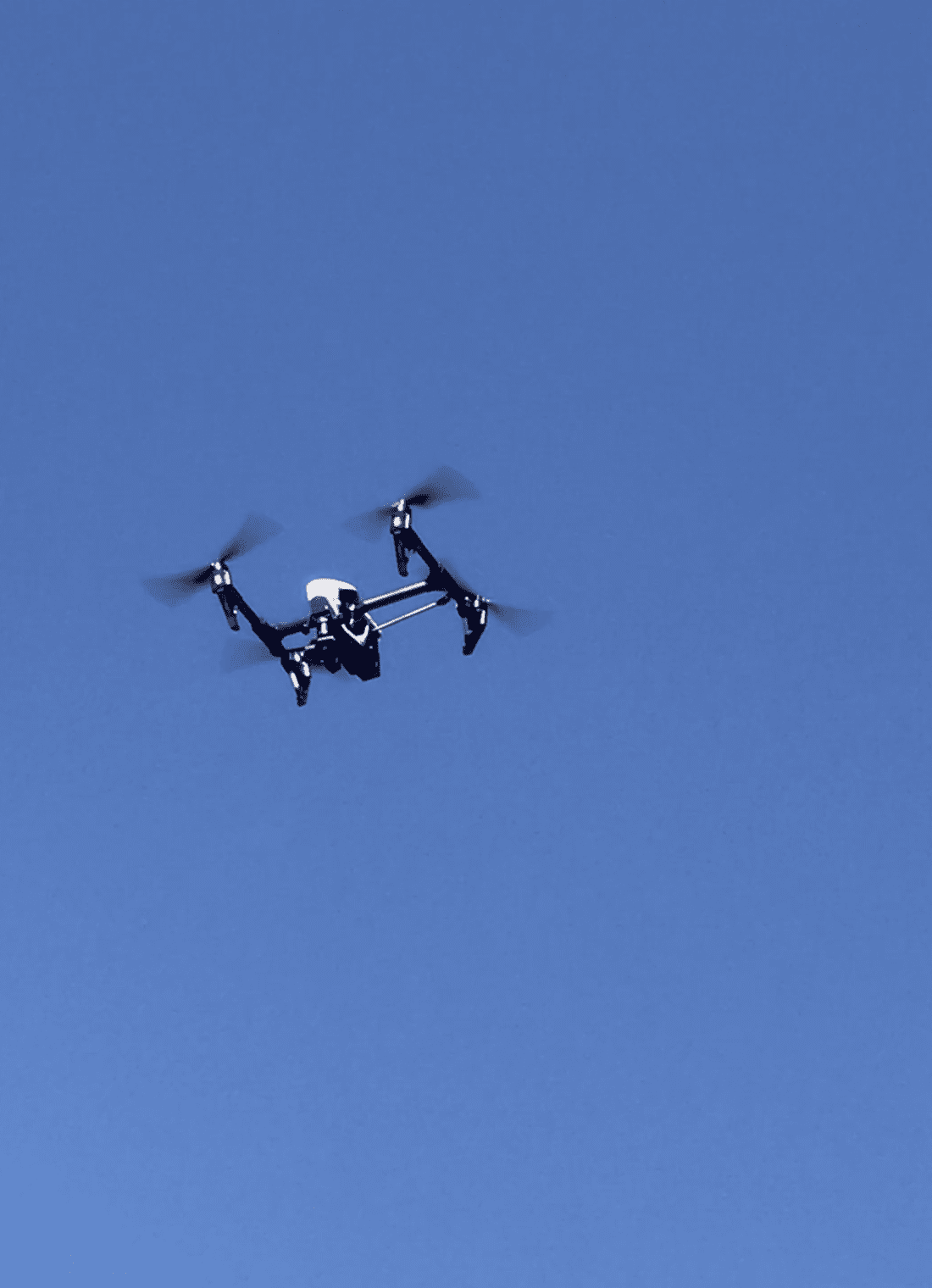
Good guy or suspect?
First, you want to understand what you see when looking into the thermal camera view finder. The scene you see is much different than your point and click Canon for a family reunion photo.
For example, the thermal camera detects the heat coming off of an object or person and the scene appears in contrasting colors.
Depending on how your color palette settings are adjusted, your scene will be black, white, and various shades of gray. The picture here displays a scene in a white-hot palette setting. The men appear white (hot) and the surrounding trees appear black (cold). While the movement and the shape of the men are detected, the details of who they are, do not. As you can imagine with your adrenaline pumped in a suspect chase it would be very difficult to tell the suspect from the officer.
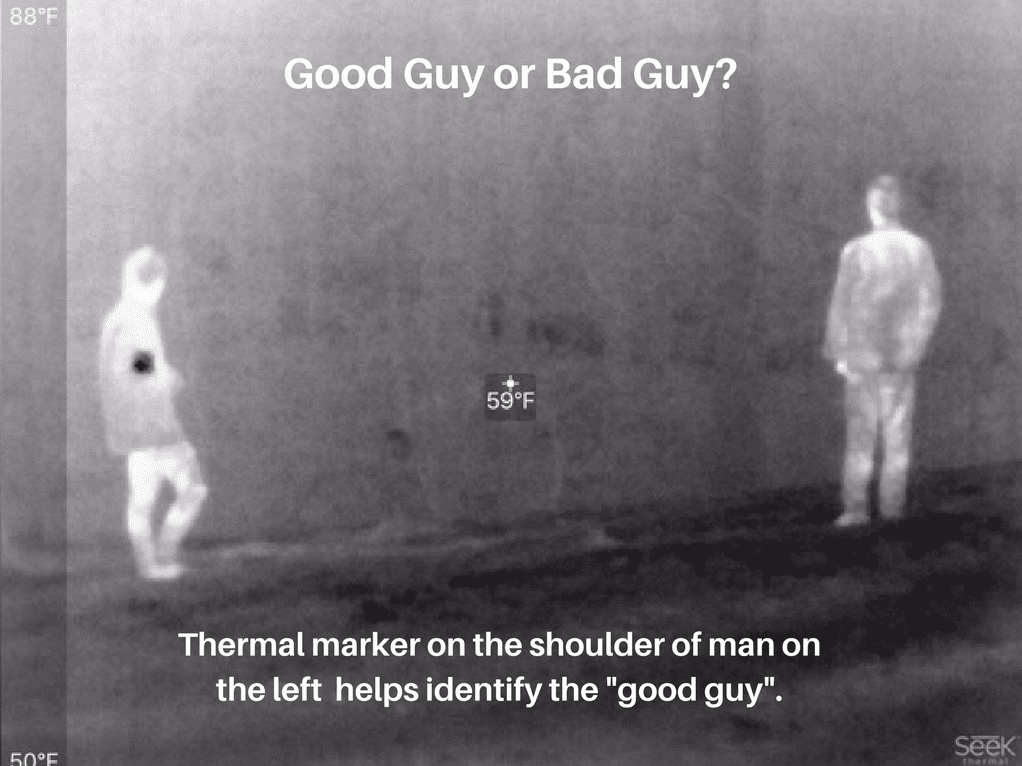
Tracking vehicles
Tracking a vehicle is just as challenging. A police car’s movement blends in with the rest of the cars on the road. The thermal operator is tasked with never taking his eyes off of the suspect vehicle. At the same time, he is tracking the police vehicle. “Is that one of our guys?” A pleading question often asked in the heat of the chase.
The inability to clearly distinguish the suspect vehicle from the police vehicle in pursuit is frustrating and dangerous.
How can officers reap the full benefit of a thermal camera without putting themselves in danger?
Thermal markers are the best answer.
Thermal markers eliminate the confusion
Thermal markers made with thermal infrared film are now available to eliminate the confusion in a chase or rescue.
The markers easily attached to officers or vehicles to effectively detect who is who and where they are during the operation.
The marker will reflect back to the thermal camera a black or white signature (again depending on your palette settings), and clearly tell the operator where they are.
As a result, the operator detects and commands all assets without guessing for a safer outcome.
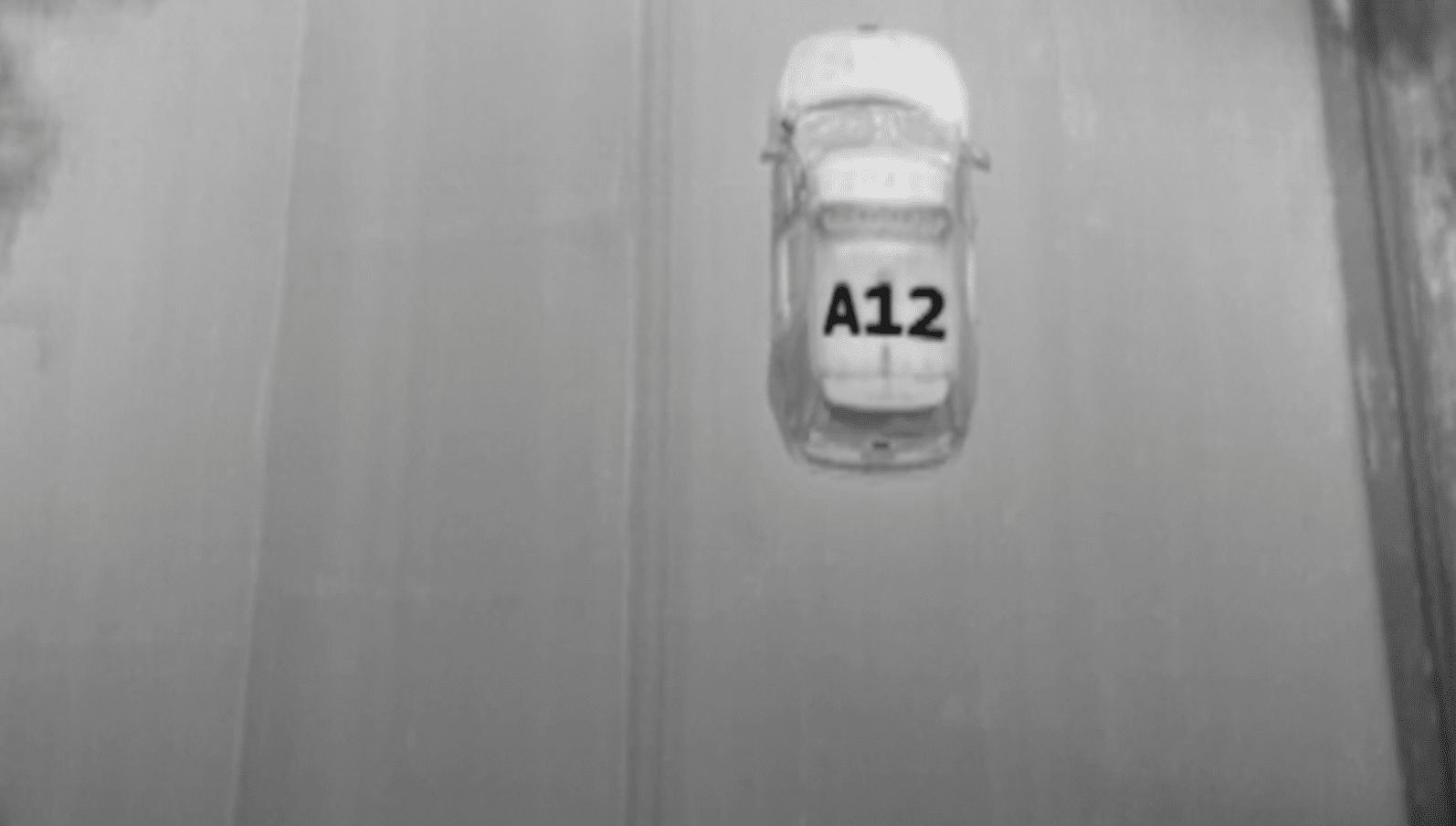
This “silent partner” is the future of police marking and will positively impact the use of thermal cameras in fighting and preventing crime.
Thermal markers differ from vinyl markers
Vinyl markers are difficult to see at a distance, completely disappear in the dark, and are only visible to the naked eye.
Thermal markers are visible 24/7 and clearly distinguish the police car from the other cars on the road.
To test the difference, we took a vinyl “K” and thermal “K” and laid them side by side on a police car.
Watch the video below and see the difference yourself!
You will see both markers with the naked eye. But only the thermal marker is detected with the thermal camera. The thermal “K” pops!
The difference is astounding! Watch video!
Equip your fleet
Contact me today and discover how thermal markers will advance the use of your FLIR device and UAS.
These markers are currently available in black, 20″ letters and numbers or a custom design.
Equip your fleet today!
I look forward to speaking with you. Call 443.292.8885, ask for Tom.
tboyer@ir.tools
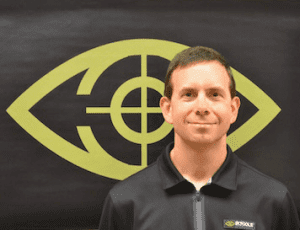
Since 2006, Tom has been the driving force behind IR.Tools, dedicated to delivering top-notch infrared solutions to the military, law enforcement, and sportsmen communities.
What began with a single infrared patch has blossomed into a comprehensive store featuring hundreds of IFF patches, vehicle IFF, an extensive suite of thermal training targets, and tools for drone pilots.
Beyond his innovative products, Tom is passionate about educating users on infrared technology and showcasing how advancements in IR can enhance their operations.
Tom holds an MS in Mechanical Engineering from the University of Maryland and an MBA from Regents University.

